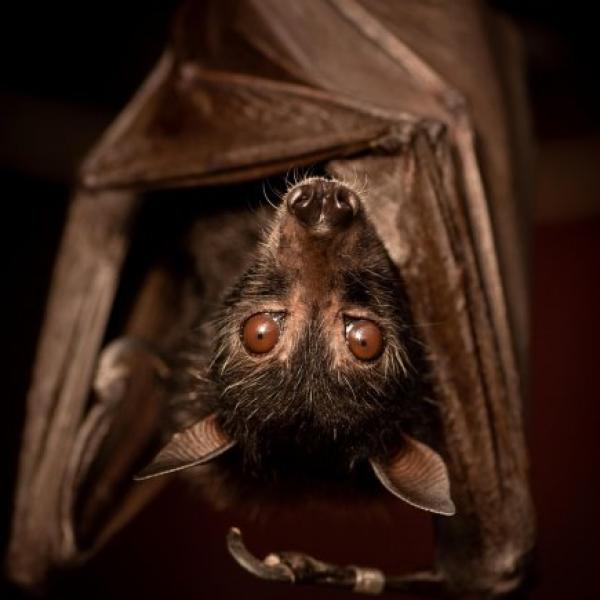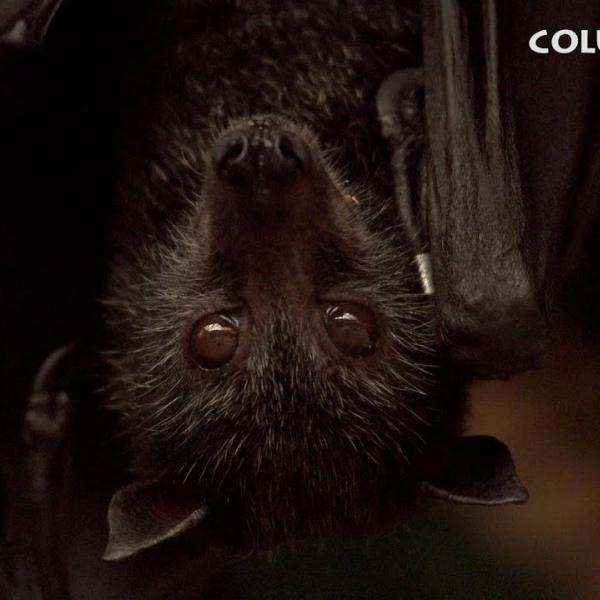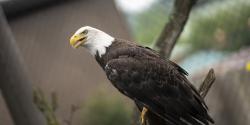All bats are mammals in the order Chiroptera, which means “hand wing.” They are the only mammals with true flight.
Their wings are made up of the bones of their arms and elongated fingers, connected with a skin membrane. Malayan flying foxes are the largest species of fruit bats. They are in the family Pteropodid, commonly called "flying foxes" because of their dog or foxlike muzzles.
Scientific Name: Pteropus vampyrus
Conservation Status: Endangered
Size: Average wingspan is about 5 feet with a body length of 15 to 20 inches.
Weight: can weigh over 2 1/2 pounds
Median Life Expectancy: 18.6 years











